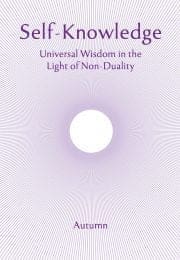The Essential Advaita
What is Advaita (non-duality)? Let us approach this question by first reflecting, with the help of an illustration, on what we normally regard as real, and how the non-dual teachings can lead us to a deeper understanding of Reality.
One of the features of modern life is our increased use of photography. The camera that enhances our phone is not just used for fun, but to capture documents and provide evidence that certain facts are true. The photograph is often submitted as proof: that the sun really did turn crimson; that there really is a crack in the wall due to the building work next door. By contrast, anything that cannot be logged in this way risks being classified as ‘not really’. So when Macbeth, in guilty alarm, cries out: ‘Is this a dagger that I see before me, its handle pointed towards my hand’, we judge it to be an unreal apparition, since it was seen by no one else and could not be caught on camera. What is solid, photographable, and seen by all present, is real; all else is questionable.
In contrast to this common-sense idea of reality, the non-dual view is subtly different. It considers the criterion of reality to be durability. If a thing is subject to change, however infinitesimal, then it is not what it was, and won’t stay what it is for very long. Since all objects fall within these limits, ultimate reality is not to be identified with their forms. To qualify as real, a principle or thing must remain the same during the three aspects of time—past, present and future.
Subscribe or enrol for free guest access to read all of this article and Self-Knowledge online.
Already subscribed or enrolled? Log in:


